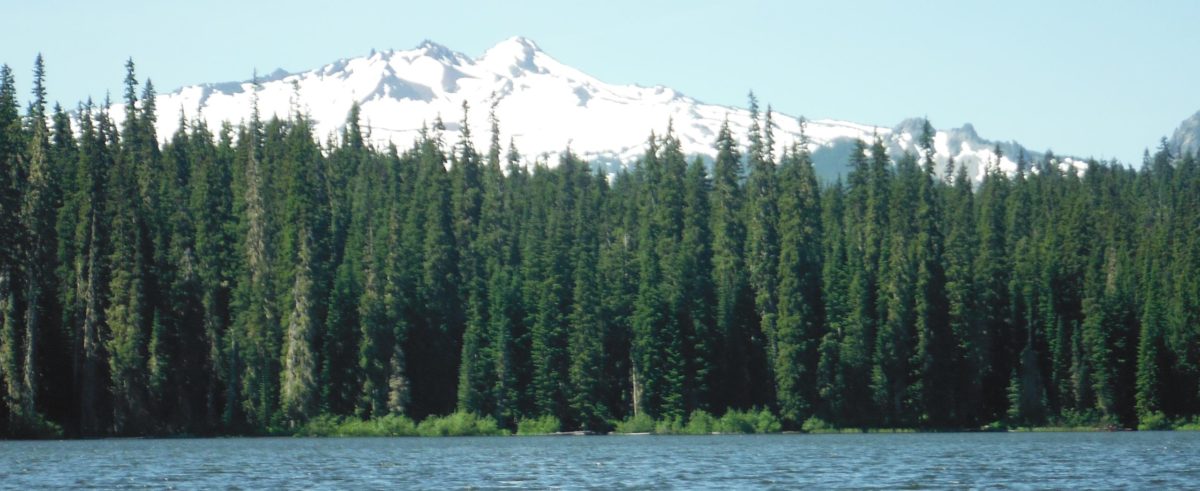I grew up in one of the nicest suburbs of Los Angeles, eleven blocks from the beach in the home where I lived the longest before college. So I have no very extensive experience of small town life. But I did enjoy regular extended summer (and one winter) stays with my grandmother in a town of what was then less than 2,000 in population in Arizona. We would walk to the post office and the corner drug store where I’d browse the comic books and to the 5 and dime store where penny licorice was for sale and which doubled as the Greyhound bus depot.
Cottonwood, Arizona is now a town of about 12,000 with a Walmart, McDonalds, and several strip malls and a larger population outside the city limits. But in the 1960s our family once decided I needed a necktie for a church event and could not find one for sale anywhere in town. Most of the local men wore bolo cowboy ties if any at all. It wasn’t a place in which you expected to find folks dressed for success or wielding national influence.
The second most well-known passage of Micah, chapter 5 verses 1 to 6 (or at least verses 2-4) tells us that the Messiah was expected to come from a small town. I imagine Him coming from a place like Cottonwood, from among men who mined or repaired machinery and found no need to wear neckties and women who baked pies and hung laundry out to dry. Bethlehem was a humble origin for David, king of Israel and it would be the humble birthplace of the Messiah descended from David.
In Advent and Christmas season we read this text and mostly focus on verses 2 and 4, and the first phrase of verse 5. Most commentators say that verse 3 should be understood as a reference to Israel as the woman in labor (see the similar thoughts in Micah 4:10), but I think that fails to appreciate the way this text was understood prophetically in the New Testament. So I think it’s perfectly all right to see here a prediction of the virgin Mary giving birth to Jesus.
The difficult verses of the text are the first, fifth and sixth. We can solve the first by assigning it to the preceding bit in chapter 4 and seeing it as a prophecy of the humiliation of Judah’s last kings at the hands of Babylon. It’s not so easy to see what to make of verses 5 and 6. They certainly don’t refer to any historical personages or events of successful action against the Assyrians. Most commentators take them as a reference to the messianic deliverance from all Israel’s enemies, with Assyria (literally Asshur) standing in here as a collective name for all her foes.
What I would like to see in verses 5 and 6 takes us back to the small town theme around Bethlehem. The Messiah’s deliverance and peace for His people is something executed through “seven shepherds and eight installed as rulers.” In other words, leaders are raised up out of the community and become themselves agents of defense and deliverance. That suggests the general importance of the communities of God’s people in His work. God works through “small towns” of people and that is where the action of the Messiah, Christ our Lord takes place. Jesus was born in a small town, in a humble community. We ought to keep on looking for Him in such communities.
